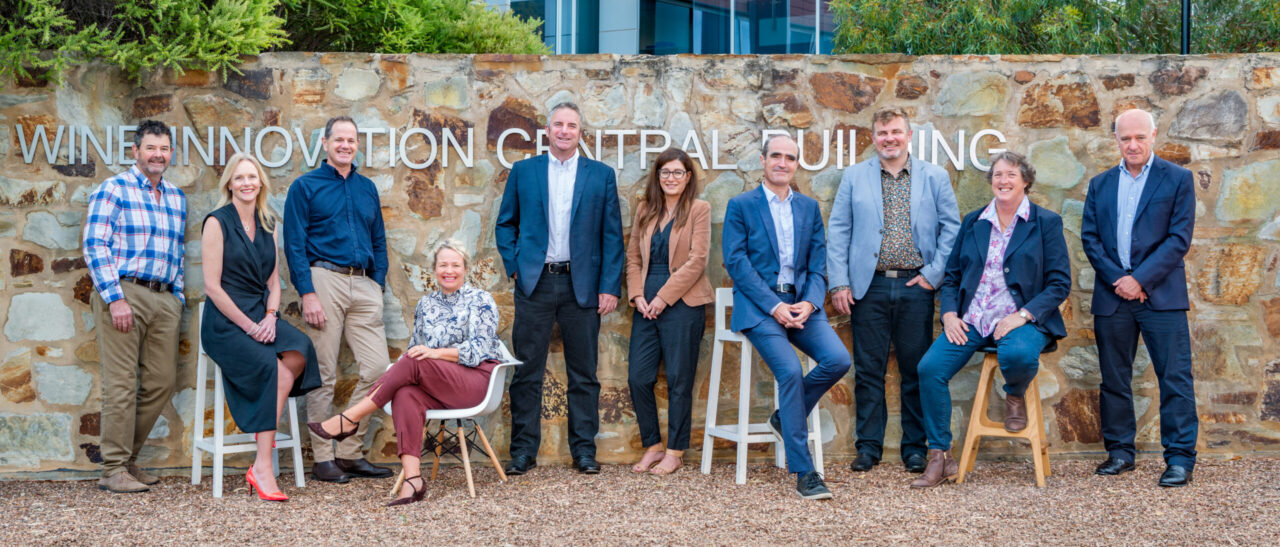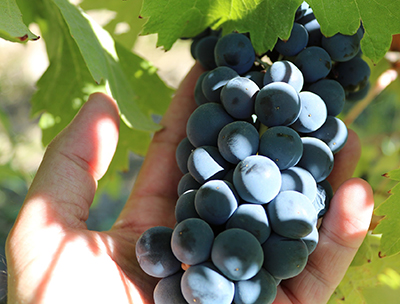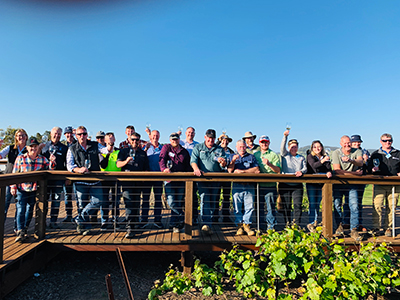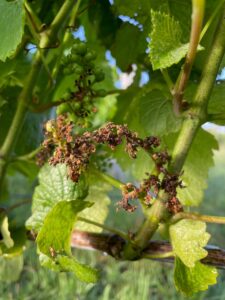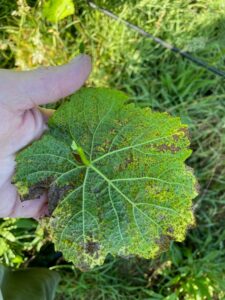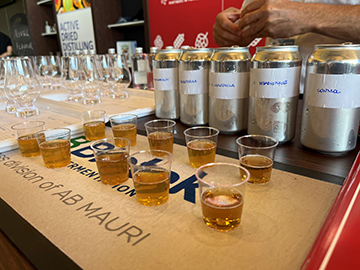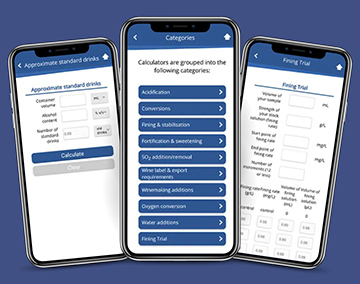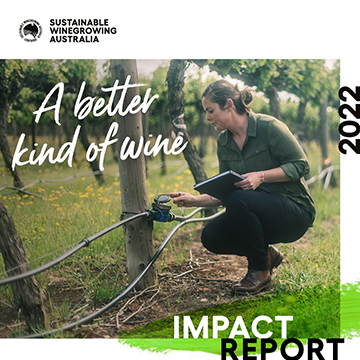Order the latest AWRI publications online
Accessing the latest AWRI publications is easy. Visit the AWRI Publications web page to:
- View the 10 most recent AWRI staff publications and order the articles online from the AWRI Library
- Search the staff publications database
- Read the full-text of ‘Technical Notes’ from Technical Review (PDF format)
- Read the full-text of ‘AWRI reports’ and ‘Vineyards of the world columns’ published in Wine & Viticulture Journal (PDF format)
- Read the full text of ‘Ask the AWRI columns’ published in Australian & New Zealand Grapegrower & Winemaker
The AWRI’s most recent publications are listed below.
2327 Coulter, A. 2023. Ask the AWRI: Wine taints from oak. Aust. N.Z. Grapegrower Winemaker (709): 56-57. (Read online)
2328 Scrimgeour, N. 2023. Achieving success with canned wines. Aust. N.Z. Grapegrower Winemaker (709): 84-87.
2329 Godden, P., Wilkes, E. 2023. Trends in the composition of Australian wine 1990 to 2021. Part one: Introduction, titratable acidity and pH. Wine Vitic. J. 38(1): 20-24.
2330 Scrimgeour, N., Hirlam, K., Hsieh, D., Wilkes, E., Krstic, M. 2023. Canned wine: Looking for a silver lining. Wine Vitic. J. 38(1): 28-34. (Read online)
2331 Dry, P. 2023. Schioppettino. Wine Vitic. J. 38(1): p. 68.
2332 Mierczynska-Vasilev, A.M., Kulcsar, A.C., Dabare, P.R.L., Vasilev, K.A., Bekker, M. 2023. Surface nanoengineering technology for the removal of sulfur compounds associated with negative attributes in wines. npj Sci. Food 7: 5. (Read online)
2333 Bekker, M.Z., Cuijvers, K.M., Kulcsar, A.C., Sanders, R.D., Capone, D.L., Jeffery, D.W., Schmidt, S.A. 2023. Effects of yeast strain and juice nitrogen status on glutathione utilisation during fermentation of model media. Aust. J. Grape Wine Res. 2023: 8041096.
2334 Varela, C., Alperstein, L., Sundstrom, J., Solomon, M., Brady, M., Borneman, A., Jiranek, V. 2023. A special drop: Characterising yeast isolates associated with fermented beverages produced by Australia’s indigenous peoples. Food Microbiol. 112: 104216. (Read online)
2335 Payne, E.M., Taraji, M., Murray, B.E., Holland-Moritz, D.A., Moore, J.C., Haddad, P.R., Kennedy, R.T. 2023. Evaluation of analyte transfer between microfluidic droplets by mass spectrometry. Anal. Chem. 95(10): 4662-4670. (Read online)
2336 Longbottom, M. 2023. Ask the AWRI: Understanding Australian sustainability credentials. Aust. N.Z. Grapegrower Winemaker (710): 45-46.
2337 Mierczyński, P., Mierczyńska-Vasilev, A., Maniukiewicz, W., Vasilev, K., Szynkowska-Jozwik, M. 2023. Novel Cu and Pd-Cu catalysts supported on multi-walled carbon nanotubes for steam reforming and decomposition of methanol. Catalysts 13: 533. (Read online)
2338 Wu, Q., Habili, N., Kinoti, W.M., Tyerman, S.D., Rinaldo, A., Zheng, L., Constable, F.E. 2023. A metagenomic investigation of the viruses associated with Shiraz disease in Australia. Viruses 15: 774. (Read online)
2339 Mierczyński, P., Mierczyńska-Vasilev, A., Vasilev, K., Szynkowska-Jozwik, M.I. 2023. Fourier transform infrared spectroscopic studies of methane and liquefied natural gas reforming processes on Ni/CeO2 catalyst. React. Kinet. Mech. Cat. (Read online)
2340 Godden, P., Wilkes, E. 2023. Trends in the composition of Australian wine 1990-2021. Part two: Alcohol and glucose plus fructose. Wine Vitic. J. 38(2): 30-33.
2341 Hirlam, K., Longbottom, M., Wilkes, E., Krstic, M. 2023. Understanding the greenhouse gas emissions of Australian wine production. Wine Vitic. J. 38(2): 34-36. (Read online)
2342 Dry, P. 2023. Grillo. Wine Vitic. J. 38(2): p. 59. |

